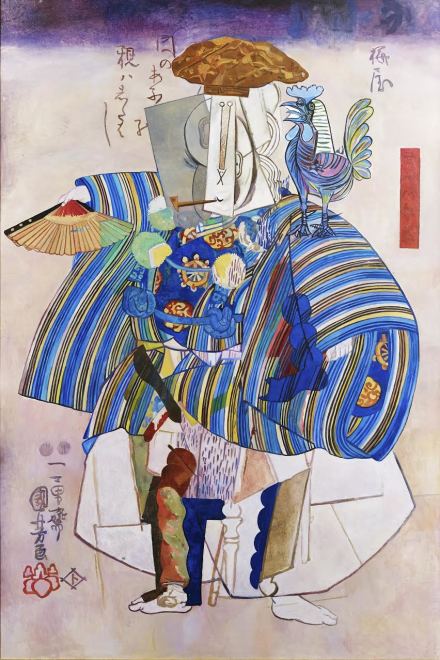



And also has to be able to combine styles and techniques mostly abandoned in the late 20c. LENKIEWICZ’s re-enactment achieves an aura of authenticity by suturing together disparate elements from various Leonardo works - the rocks on the left from the Virgin of the Rocks, the swan from Melzi’s copy (see also Cezanne).īut the ‘new’ artist still has to create magic. Now lost, it was last seen in the court of Louis XIV. Leonardo painted Leda and the Swan in 1508, the original was destroyed as the three conjoined panels split apart. A ‘re-discovered’ Leonardo ‘Leda and the Swan’ referencing the ‘forbidden’ symbolism inherent in the existing lost work. A new ‘self-portrait’ of Rembrandt referencing several known self-portraits of the master at different ages. The paintings in this room propose a metalanguage, about the dead and fictional language of painting, manipulating and combining dialects within this existing language from different centuries to recreate the spectres of lost or ‘potential’ artworks. Instead, operating from the position of a meta-postmodernist observer, he investigates our mythological construction art history as a fiction - much as an improvising jazz pianist may outwardly appear to be in ‘free' improvisatory mode but subjectively may be referring to (and listening to) the exquisite harmonic sense of the music of JS Bach. LENKIEWICZ does not position himself as a singular artist who, by his unique and extraordinary creations is going to change history. Under postmodernism the act of consuming itself became a commodity. In Postmodernism: Or, the Cultural Logic of Late Capitalism (1991) Fredric Jameson posited modernism as a critique of the ‘commodity’ and postmodernism as the consumption of commodification. Wolfe Lenkiewicz’s paintings propose a ‘metahistory’ of art, breaking with official history to fashion a new mythology - a history about the history of art. LENKIEWICZ is from Polish origins, descended from a dynasty of painters, his great-grandfather was the court painter to King Ludwig II of Bavaria. 1966) engages with the entire history of both classical and contemporary art by referring to key works in our visual consciousness and to the history which surrounds them.


 0 kommentar(er)
0 kommentar(er)
